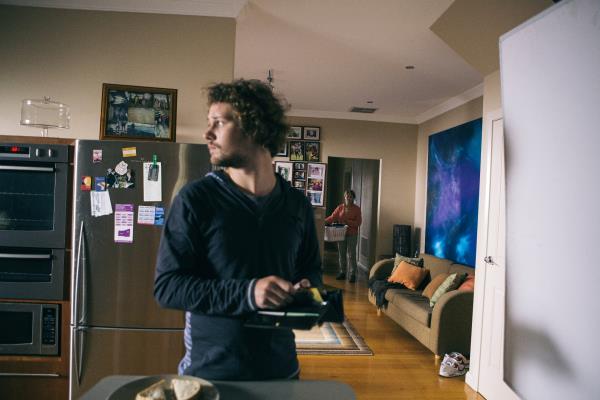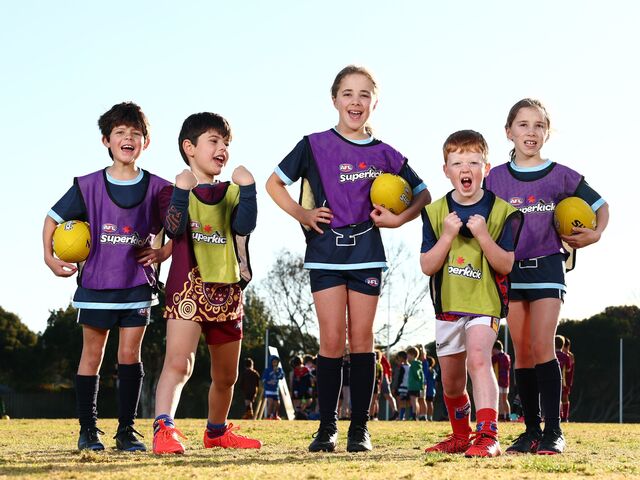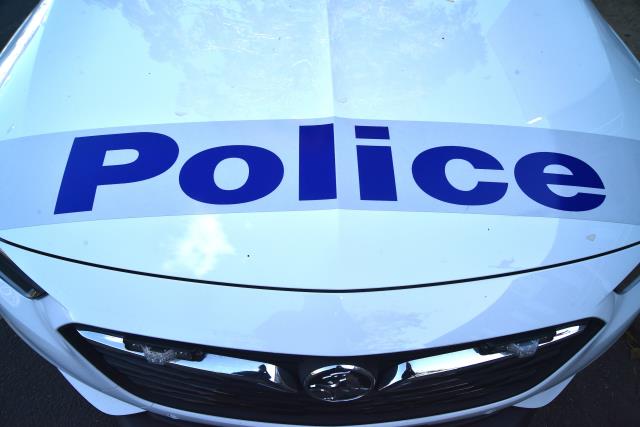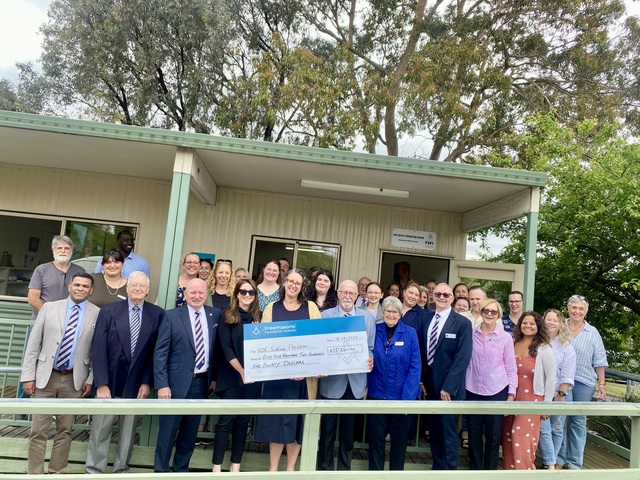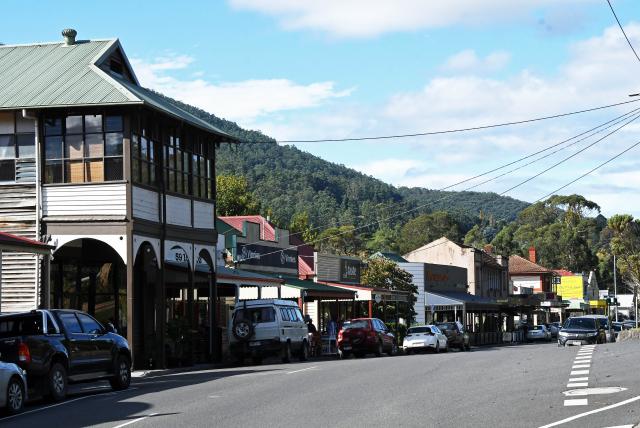INITIAL campaign results indicate the Victorian Government’s ‘What are you doing with ice?’ campaign is resonating with young people at risk.
The campaign, developed in partnership with the Penington Institute, shows a young man and woman as their ice addiction spirals from occasional use to addiction.
John Ryan, CEO of the Penington Institute said that initial campaign research suggested that young people were responding well to the campaign’s message.
“This was an evidence-based campaign. We knew from the beginning that young people were only going to listen if we presented a realistic picture of ice use and addiction.
“And the initial campaign results show that it
has been received really well by those most at risk.
“A survey of 150 young people showed that 75 per cent of those who had taken drugs before had thought about their attitudes towards ice or spoken to family and friends about the issue since seeing the campaign.”
In line with the realistic picture of ice addiction presented in the campaign advertisements, ice users and their families were encouraged to anonymously share their stories of addiction and recovery on the ice.vic.gov.au
website. The stories highlight the addictive and destructive nature of ice, and that recovery from ice addiction is possible.
“These powerful, real life stories highlight the addictive and destructive nature of ice to those users who may think they are in control. We know young people at risk of taking ice are much more likely to listen to people
who have been through it before,” Mr Ryan said.
“We also hope these stories will give strength to people struggling with ice addiction and highlight the addictive and destructive nature of ice to those users who think they are in control of their ice use.
“While recovering from ice can be difficult, it is possible. There is help and support available for people struggling with the drug.”
Visit ice.vic.gov.au for a list of support services,” he concluded.
The ‘What are you doing on ice?’ campaign forms part of a whole-of-government approach to tackling ice, including prevention, education, law and order, and increased support for drug treatment.
Stories from ice.vic.gov.au
Many users wrote about how quickly they became addicted and warned others not to try the drug.
“Ice is such a damaging drug and very deceiving, you can think everything is wonderful and you are on top of the world but reality soon becomes distorted, if you are thinking of quitting it will be the best decision you make for you and everyone around you.”
“You never think this will happen to you, but as soon as you put the pipe to your lips, you are sealing your own fate. Don’t do it to yourself.”
Others wrote about their recovery from ice addiction – showing others that it is possible.
“One year of rehab, another of counselling and nine years later I still get cravings, particularly when I’m feeling
anxious or not coping with everyday things. But I am okay and I am still clean.
“I will tell anyone and everyone to please try and get help, accept it when it is offered to you. It will hurt, it will be terrifying and it will be horribly embarrassing at times … but it is so worth it in the end.”
New campaign is working
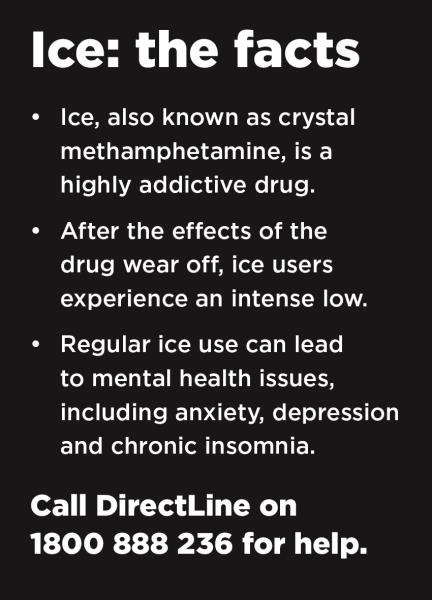
Digital Editions
-
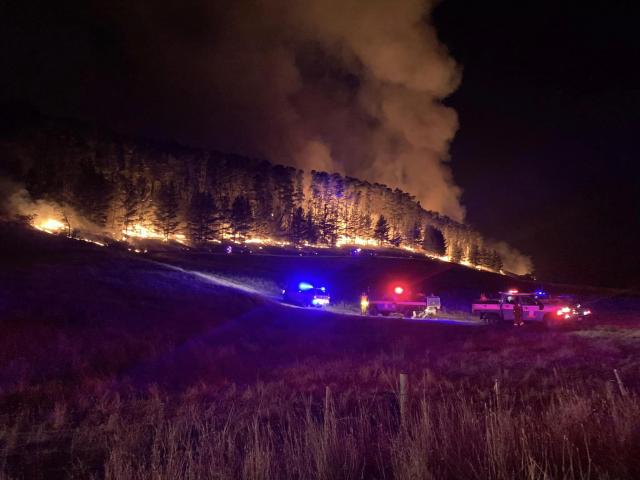
‘Not about panic’: Brigades urge Yarra Ranges to heed warnings, act early
The entire Yarra Ranges region is being urged to heed warnings and act early, as Friday is shaping up to be one of the “most…

